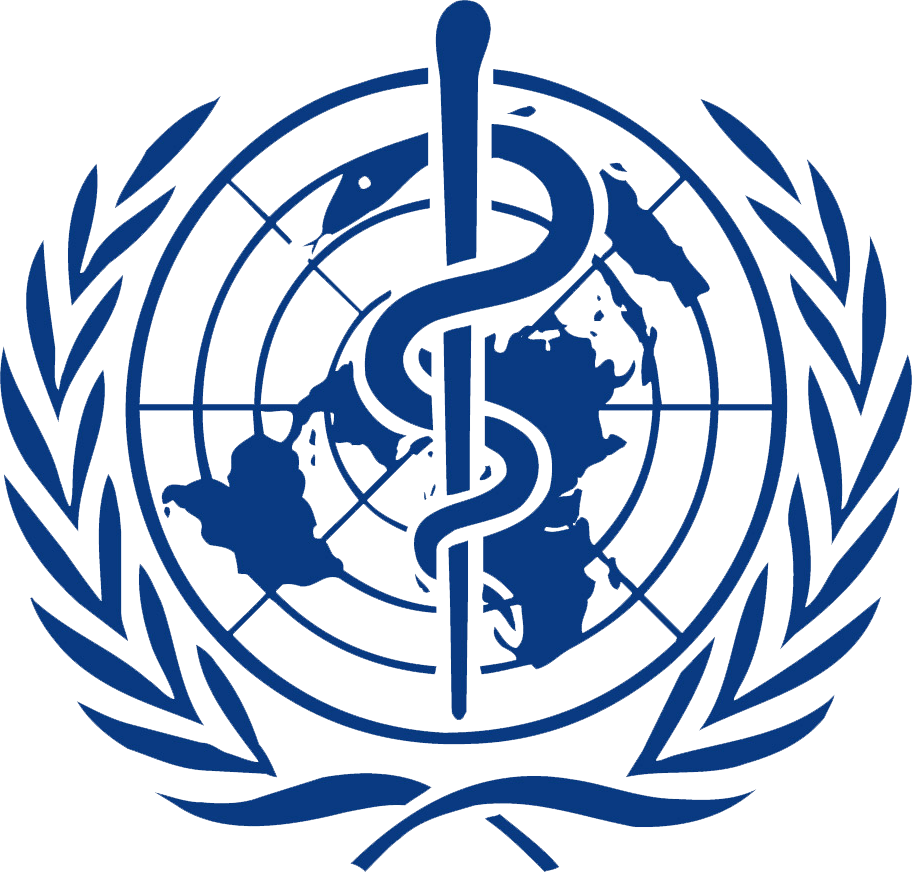Cell Line Development
Immortalized cell lines are critical for biomedical research, but establishing new lines can be tricky and frustrating. Researchers who've succeeded at it recommend a combination of old and new tools and techniques.
On February 8, 1951, George Gey of Johns Hopkins University isolated some cells from a cervical cancer biopsy and placed them into a petri dish with some medium. Unlike all of the other cells Gey and his colleagues had tested, these—from a patient named Henrietta Lacks— adapted to their new environment beautifully. Lacks died of her cancer eight months later, but her cells, dubbed HeLa, became the first immortalized cell line, capable of renewing itself in artificial culture indefinitely. In the decades since their isolation, scientists have grown an estimated twenty tons of them.
Meanwhile, researchers have identified numerous ways to transform primary tissues from humans and animals into immortalized cell lines, and now laboratory supply vendors and nonprofit repositories carry hundreds of lines specifically adapted for everything from protein production to virus propagation. Embryonic and induced pluripotent stem cells may get more media attention, but ordinary somatic cell lines still form the backbone of biomedical research.
The selection extends across a zoo of species. "Within [our] general collection, we actually have more than sixty different species, and some are exotic," says Fang Tian, lead scientist and head of the cell biology group at the American Type Culture Collection (ATCC) in Manassas, Virginia. ATCC currently holds more than three thousand lines. The Coriell Institute for Medical Research in Camden, New Jersey maintains several thousand more, with an emphasis on human lines representing specific diseases.
A problem of scales
Even with thousands of cell lines just a click or phone call away, though, scientists may still find the selection inadequate. That's what happened to Mark Stenglein, a postdoctoral scholar at the University of California, San Francisco School of Medicine (UCSF), when he tried to study inclusion body disease (IBD) in snakes.
The project began when a snake enthusiast contacted Joseph DeRisi, Howard Hughes Medical Institute (HHMI) Investigator and professor of biochemistry and biophysics at UCSF and Stenglein's boss. The serpent fan explained that IBD triggers behavioral changes, followed by wasting, secondary infections, and death, and is a major problem in the pet snake trade. Veterinarians had no idea what caused it. Intrigued, DeRisi and Stenglein decided to see if a virus might be responsible.
Working with snake owners and veterinarians, the team performed metagenomic sequencing and uncovered evidence of arenavirus infections in snakes with IBD. The trouble started when Stenglein tried to grow the new viruses. Common arenavirus-friendly mammalian cells didn't work. "There were four reptile cell lines total available at the ATCC, so we ordered all of them," says Stenglein, but the viruses didn't replicate in any of those lines, either.
Through their new veterinary contacts, Stenglein and DeRisi collected tissues from a boa constrictor named Juliet, which had died of lymphoma. Stenglein then tried numerous isolation techniques to immortalize Juliet's cells. "It's sort of one of those multiplication problems, you can start changing conditions and it can get out of control fast," says Stenglein, adding that he had between fifty and a hundred different plates of cells in the incubator at one time. To keep the problem manageable, he minimized as many variables as he could.
For example, he used only one recipe for the cell culture media: minimal essential medium (MEM)—a liquid solution, originally invented by Harry Eagle, which meets the basic requirements for many cells. These days a wide array of other media have been developed to help cater to specific needs, including sensitive and difficult-to-culture cells and lines from different species.
Stenglein also incubated all of the plates at the same temperature, varying only the cell isolation method. The protocol that finally worked involved simply slicing tissues into pieces with scalpels, then immersing them in trypsin overnight. That eventually yielded two new cell lines, one from Juliet's kidneys and one from her spleen.
The new lines have now propagated through multiple passages. Using these, the researchers developed a test for the new arenaviruses and used it on snakes with and without IBD. The work showed a strong correlation between arenavirus infection and IBD, suggesting that the viruses may cause the disease.
Stenglein now sees developing new cell lines as simply another laboratory technique that he could use in the future—though he has no immediate plans to do so. "I would only do it if ... I needed it for a project," he says. However, he urges others to consider creating new lines, especially if they work on a species that isn't well represented in the big repositories. "It's not as hard as you might think, it's worth a try if you are in a situation where your research question would benefit from having a [new] cell line."
For those studying reptiles, DeRisi's lab now distributes Juliet's cells to anyone interested in studying or using them. They did offer them to a repository, but were declined.
Repositories of culture
Indeed, researchers who create other lines from "exotic" species may receive similar responses from repositories, chiefly because of funding. "Previously ATCC did have government funding support, so we took whatever researchers requested ... did cell banking, did cell authentication to make sure the line is what it's supposed to be, and expanded them and distributed them worldwide," says Tian. Government funding for the repository ended 20 years ago, though, forcing ATCC to become more selective. Now, the nonprofit organization only adds new lines for which they anticipate high demand and widespread scientific interest.
The Coriell Institute still receives substantial federal funding, but focuses on human and nonhuman primate cells. The institute maintains a trove of several thousand samples that range from umbilical cord blood to clinical isolates from patients with rare genetic diseases.
Besides banking established cell lines, repositories are also at the forefront of creating new ones.
The simplest way to create a new cell line is to modify an existing one, a common strategy when an established line already comes close to meeting the requirements. Cells optimized to grow particular viruses or maximize recombinant protein production often come from such modifications. Establishing an entirely novel cell line can require more exotic techniques. While traditional cut-and-try methods such as those used by Stenglein may work, professional cell line developers constantly look for ways to accelerate the process. Partly as a result of studying lines such as Gey's HeLas, researchers now know that one of the quickest routes to immortalization is through viral infection. For example, the large T antigen from SV40 virus, or the E6 and E7 oncogenes from human papilloma virus, can quickly turn a primary cell culture into an immortalized line.
Because viral oncogenes essentially turn cells into a tumor, they tend to change the cells' characteristics. The available oncogenes also have somewhat restricted ranges, and don't work on all cell types. That's why many cell culture experts are now using a gene called human telomerase reverse transcriptase (hTERT) instead of or in addition to viral oncogenes. Originally developed in 1999, the hTERT technique can yield cells that behave like primary cultures but propagate like immortalized lines.
Tumor samples often need little help becoming immortalized, having already acquired the ability to replicate indefinitely. For lymphoblasts, the easiest method is often infecting the cells with Epstein-Barr virus, which naturally transforms the cells but allows them to maintain much of their normal physiology.
Tian advises researchers who think they need a new cell line to start by reviewing the literature and repository databases. A similar line can often be modified to serve the scientist's needs, which is faster and easier than creating a new line from scratch. If no existing lines seem to come close, the next step is to decide on a general strategy for immortalizing primary cells. "If you want to establish a tumor [line], then a spontaneously established cell line is a big possibility, but if you want to get a non-cancer type normal cell line established, then hTERT ... and viral infection are common tools to use," says Tian.
Companies such as Applied Biological Materials in Richmond, British Columbia offer complete kits for immortalizing cells with hTERT, with or without additional oncogenes. BioCat GmbH in Heidelberg, Germany also sells established cell lines and reagents for cell immortalization. Alternatively, researchers can send their primary cells directly to BioCat and let the company develop the cell lines.
Regardless of the specific techniques used to create a new line, the usual problems of any type of cell culture can arise, such as microbial contamination. Mycoplasmas are particularly hard to handle, as they can grow unnoticed in a culture and quietly ruin experiments. Testing kits from ATCC, Lonza, and InvivoGen can identify these cryptic invaders. Preventing contamination is even better, and incubator manufacturers have attempted to facilitate this through improved designs with features such as easier to clean surfaces, automatic decontamination cycles, and integrated air filters.
Going to bat
Though clever techniques can sometimes speed the process, each cell line derivation problem will be unique, as Eric Donaldson discovered a few years ago. As a postdoctoral fellow with Matthew Frieman, assistant professor of microbiology and immunology at the University of Maryland School of Medicine in Baltimore, Maryland, Donaldson was looking for new coronaviruses. Coronaviruses, the family that includes the causes of severe acute respiratory syndrome (SARS) and Middle East respiratory syndrome (MERS), were thought to be common in bats. Unfortunately, these viruses have been hard to isolate from their natural reservoirs.
Donaldson thought a new bat-derived cell line might help. He quickly discovered that bat biologists are more reserved than the snake enthusiasts that Stenglein worked with. "Bat ecologists are very, very protective of bats, so it took a long time to get my foot in the door," says Donaldson, who is now a virology reviewer for the U.S. Food and Drug Administration in Silver Spring, Maryland. He adds that he had to prove to bat biologists that he was interested in helping the animals rather than destroying them.
Eventually, Donaldson and Frieman established a relationship with the Save Lucy Campaign, a bat conservation program based in Annandale, Virginia. Whenever a bat was struck by a car or otherwise injured beyond saving, Save Lucy volunteers would contact Donaldson, who would then drive to the campaign's center to harvest tissues from the animal immediately after it died.
Because bats can harbor serious human pathogens, including rabies viruses, the researchers worked with the tissues in a biosafety level (BSL)-2 plus facility with containment cabinets and restricted access. Donaldson used a cell sorter to separate the cells of each tissue, and introduced hTERT and a mouse oncogene called BMI-1 into the cells to try to immortalize them. Most of the experiments, involving multiple tissues from 10 different bats representing four species, failed.
"But when it worked, boy did it work," says Donaldson. He explains that in one experiment "we seeded primary cells on day one, two to three days later the flask was [full of cells]. We had so many cells by the end of four passages we didn't know what to do with them." The team eventually produced three cell lines from three different bat species, and were able to culture novel coronaviruses in the new lines.
Creating new cell lines from three species is impressive, but bats are the most evolutionarily diverse order of mammals, and epidemiologists increasingly suspect that they may be major reservoirs for numerous emerging pathogens. That's why Isabella Eckerle, staff scientist at the Institute of Virology in the University of Bonn Medical Center in Bonn, Germany, is trying to establish many more bat cell lines.
Initially, Eckerle encountered the same barrier as Donaldson: bat tissue is hard to get. While working on that problem, she began practicing her tissue culture techniques on pig cells, establishing protocols to turn various primary tissues into immortalized cell lines. She also developed a technique for rapidly freezing cells in the field. "That is something I'm really happy about, so we don't have to go outside and sacrifice bats, but we can connect to already ongoing projects," says Eckerle.
When she finally got some bat tissue, Eckerle and her colleagues created novel lines from the airway epithelia of two bat species representing the two major suborders, Yangochiroptera and Yinpterochiroptera. "Bats are major hosts of maybe the most important virus families regarding airborne transmission, like paramyxoviruses or coronaviruses, or for example influenza viruses have been found in bats recently," says Eckerle. After carefully dissecting the tiny tracheae and establishing primary cultures, she used SV40 T antigen to immortalize them. She and her colleagues are now establishing additional cell lines from other bat tissues and species.
Like others in the field, Eckerle agrees that establishing new cell lines can be frustrating, but she argues that the payoff makes it worthwhile: "Because these models are quite new, there are a lot of things you can do with them."





